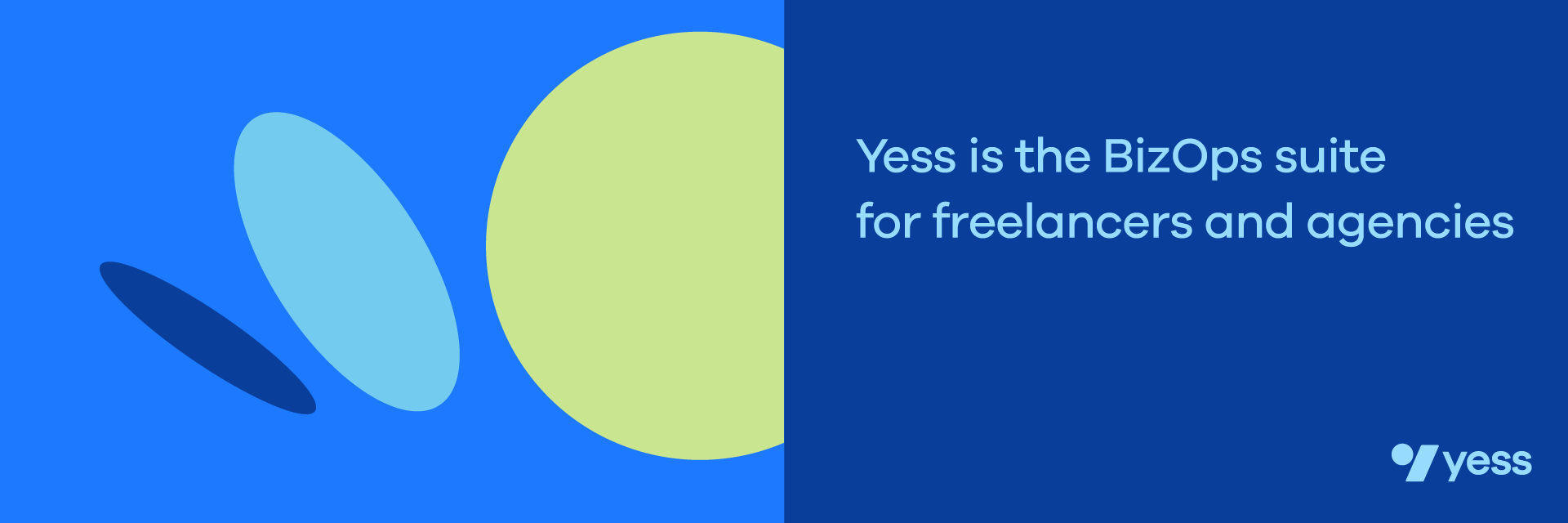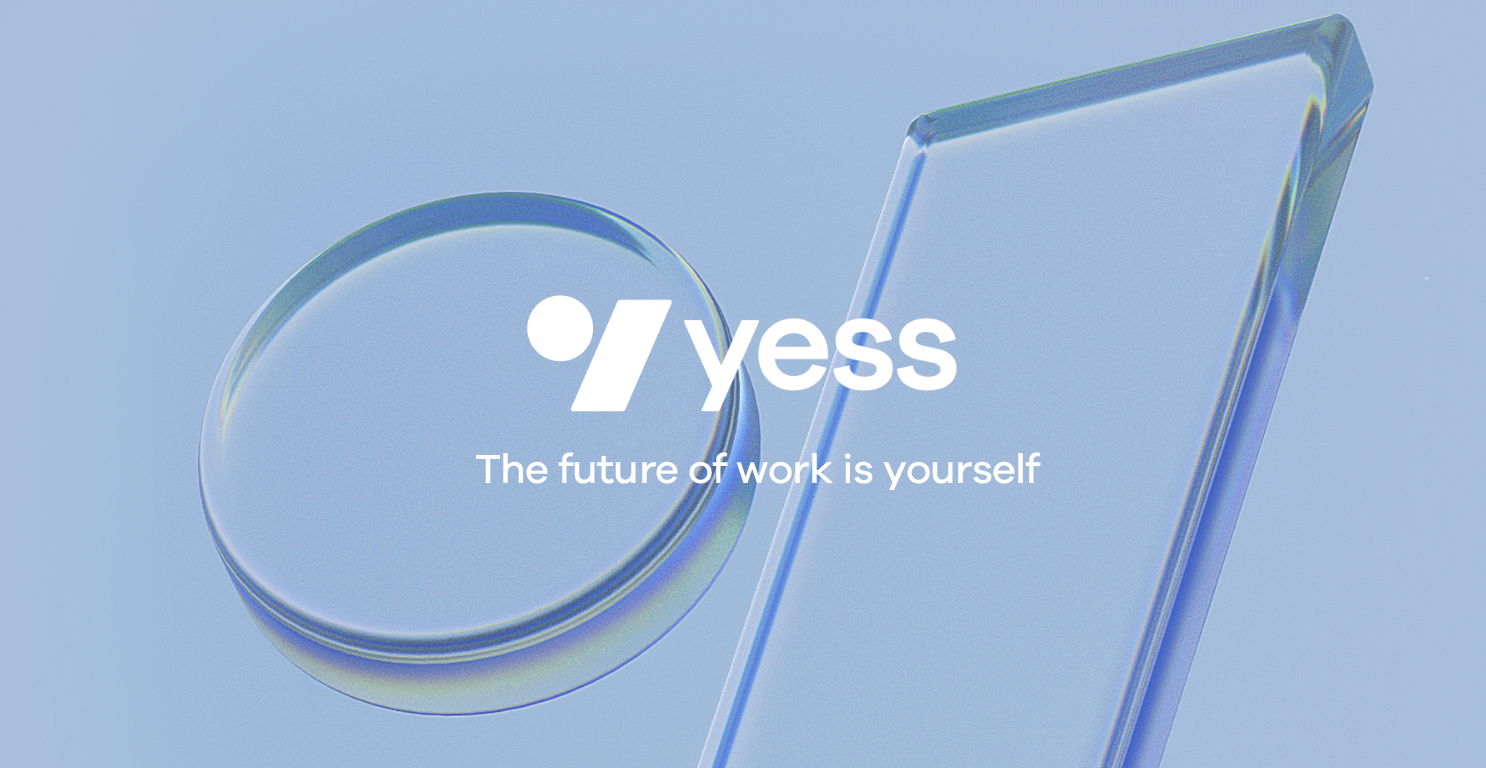TL;DR
- Workflow Optimization: Emphasizes the importance of streamlining workflows in digital agencies for improved efficiency, productivity, and client satisfaction.
- Workflow Components: Discusses mapping out workflows, identifying bottlenecks, and the significance of defining roles, responsibilities, and communication channels.
- Project Management Best Practices: Highlights setting clear goals and promoting collaboration for effective digital agency project management.
- Automation Benefits: Explores how automating workflow processes increases efficiency, accuracy, and saves time and costs in agency operations.
- Workflow for Success: Advocates for a well-defined workflow to enhance internal operations and client satisfaction, and suggests considering automation for repetitive tasks.
Streamlining your digital agency process workflow is essential for achieving success. By optimizing your workflow, you can enhance efficiency, productivity, and client satisfaction. In this blog post, we will guide you through the process of developing an effective workflow in a digital agency.
Understanding the concept of workflow and its significance in a digital agency is the first step towards streamlining your operations. We will explore the components that make up a workflow, including tasks, roles, and communication channels. By mapping out your workflow and identifying potential bottlenecks, you can ensure a smooth and efficient process.
Developing an effective workflow involves defining clear roles and responsibilities within your team. This ensures that everyone understands their tasks and contributes to the overall success of the project. Additionally, establishing effective communication channels is crucial for seamless collaboration and timely feedback.
We will also delve into best practices for digital agency project management, such as setting clear goals and deadlines. By doing so, you can keep projects on track and ensure timely delivery to clients. Collaboration and teamwork are equally important aspects of project management within the workflow.
Automating workflow processes offers numerous benefits to digital agencies. It increases efficiency by reducing manual tasks and improves accuracy by minimizing human errors. Moreover, automation saves time and costs by streamlining repetitive processes.
By implementing a well-defined workflow in your digital agency, you can optimize productivity while ensuring client satisfaction. Throughout this blog post, we will provide insights on how to achieve these goals effectively.
What is workflow?
Workflow refers to the sequence of tasks and activities that need to be completed in a specific order to achieve a desired outcome. In the context of a digital agency, workflow encompasses the systematic process by which projects are executed from start to finish. It involves the coordination of various tasks, resources, and team members to ensure smooth project delivery.
Definition of Workflow
In digital agencies, workflow represents the structured flow of work that guides the progression of projects. It outlines the steps and dependencies required for successful project completion. A well-defined workflow provides clarity on how tasks should be executed, who is responsible for each task, and how information flows between team members.
The significance of workflow in digital agencies cannot be overstated. It serves as a roadmap for project management, ensuring that all team members are aligned and working towards common goals. By following a defined workflow process, agencies can streamline their operations, improve efficiency, and deliver high-quality results to clients.
Components of Workflow
A workflow in a digital agency typically consists of several key components:
- Tasks: These are individual activities or assignments that need to be completed as part of a project. Tasks can range from content creation and design to development and testing.
- Roles: Each task within a workflow is assigned to specific roles or individuals responsible for its execution. Roles may include project managers, designers, developers, copywriters, and quality assurance specialists.
- Dependencies: Some tasks may have dependencies on others, meaning they can only begin once certain prerequisites are met. Understanding these dependencies helps ensure that tasks are executed in the correct order.
- Communication Channels: Effective communication is crucial for successful workflow management. Digital agencies often use tools like project management software or collaboration platforms to facilitate communication between team members.
- Feedback Loops: Feedback loops enable continuous improvement within the workflow process. They allow team members to provide input, share ideas, and make necessary adjustments throughout the project lifecycle.
By understanding these components and their interdependencies, digital agencies can design an efficient workflow process that maximizes productivity and ensures timely project delivery.
The Importance of a Well-Defined Workflow
A well-defined workflow is crucial for the success of a digital agency. It plays a significant role in enhancing efficiency, productivity, and client satisfaction.
Efficiency and Productivity
A well-defined workflow streamlines the processes within a digital agency, leading to increased efficiency and productivity. By clearly defining the steps involved in each project and assigning responsibilities to team members, agencies can eliminate confusion and reduce time wasted on unnecessary tasks or duplicated efforts. This allows team members to focus their energy on value-added activities, resulting in faster project completion and improved overall efficiency.
Moreover, a well-defined workflow helps identify bottlenecks or areas of inefficiency within the process. By recognizing these bottlenecks, agencies can implement strategies to overcome them, such as reallocating resources or restructuring tasks. This continuous improvement approach further enhances efficiency and ensures that projects progress smoothly without unnecessary delays.
Client Satisfaction
Streamlining the workflow process directly impacts client satisfaction and retention rates for digital agencies. A well-defined workflow enables agencies to consistently deliver high-quality work within agreed-upon timelines. Clients appreciate agencies that can meet their expectations promptly while maintaining excellent standards.
A streamlined workflow also facilitates effective communication between the agency and clients. Clear channels of communication ensure that clients are regularly updated on project progress, milestones achieved, and any potential challenges encountered along the way. This transparency builds trust and confidence in the agency's ability to deliver results.
Additionally, by optimizing their workflow processes, digital agencies can provide better customer service. Clients receive prompt responses to their inquiries or requests since team members are aware of their roles and responsibilities within the workflow. This level of responsiveness contributes to overall client satisfaction and fosters long-term relationships with clients.
In summary, a well-defined workflow is essential for digital agencies as it enhances efficiency, productivity, and ultimately leads to higher levels of client satisfaction.
Understanding the Digital Agency Workflow Process
To streamline the workflow in a digital agency, it is crucial to have a clear understanding of the workflow process and how it functions within the agency's operations.
Mapping Out the Workflow
Mapping out the workflow involves breaking down the project into smaller, manageable tasks and defining their sequence. Start by identifying the key stages of the project and then determine the specific tasks required to complete each stage. Assign responsibilities to team members based on their expertise and availability.
Consider using visual tools such as flowcharts or project management software to create a visual representation of the workflow. This helps in visualizing the entire process, identifying dependencies between tasks, and ensuring that nothing is overlooked.
When mapping out the workflow, it is important to consider factors such as task duration, resource allocation, and any external dependencies. This allows for realistic timelines and efficient resource utilization. Regularly review and update your workflow as projects evolve or new challenges arise.
Identifying Bottlenecks
Bottlenecks are points in the workflow where work gets delayed or stuck due to various reasons. Identifying these bottlenecks is crucial for optimizing efficiency and productivity within a digital agency.
Common bottlenecks in a digital agency workflow can include:
- Lack of clarity: Unclear instructions or ambiguous requirements can lead to confusion among team members, causing delays in project execution.
- Overburdened resources: When certain team members are overloaded with work while others have idle time, it creates imbalances that slow down progress.
- Inefficient communication: Poor communication channels or ineffective collaboration tools can hinder information flow between team members, leading to miscommunication or delays.
- Dependencies on external parties: If a project relies on inputs from external stakeholders who are not readily available or responsive, it can cause delays in project completion.
Identifying these bottlenecks requires open communication with team members and regular monitoring of project progress. Once bottlenecks are identified, solutions can be implemented to address them effectively. This may involve redistributing workload, improving communication channels, providing additional training or resources, or reevaluating dependencies on external parties.
By mapping out your workflow and proactively identifying bottlenecks, you can optimize your digital agency's workflow process for greater efficiency and productivity.
Developing an Effective Workflow
Developing an effective workflow is crucial for optimizing productivity and ensuring smooth operations within a digital agency. Two key aspects of developing such a workflow include defining roles and responsibilities and establishing effective communication channels.
Defining Roles and Responsibilities
Clearly defining roles and responsibilities within the workflow is essential for efficient project execution. Each team member should have a clear understanding of their specific tasks, deadlines, and deliverables. This helps prevent confusion, duplication of efforts, and delays in project completion.
When defining roles, consider the expertise and strengths of each team member. Assign tasks based on their skills to ensure that work is allocated appropriately. Clearly communicate expectations regarding quality standards, timelines, and dependencies between tasks.
Regularly review and update role definitions as projects evolve or new challenges arise. This flexibility allows for adjustments to be made based on changing requirements or resource availability.
Establishing Communication Channels
Effective communication channels are vital for streamlining the workflow process in a digital agency. Clear and open lines of communication facilitate collaboration, enable timely feedback, and ensure that everyone is aligned with project goals.
Utilize appropriate communication tools such as project management software, instant messaging platforms, or video conferencing tools to facilitate seamless communication among team members. These tools help centralize project-related discussions, document sharing, task assignments, and progress tracking.
Establish regular check-ins or meetings to discuss project updates, address any concerns or roadblocks, and provide necessary guidance or support. Encourage open dialogue among team members to foster collaboration and idea sharing.
It is also important to establish guidelines for communication etiquette within the agency. Encourage respectful and professional interactions while promoting transparency and accountability.
By defining roles clearly and establishing effective communication channels within your digital agency's workflow process, you can enhance coordination among team members, minimize miscommunication issues, improve efficiency, and achieve successful project outcomes.

Best Practices for Digital Agency Project Management
Effective project management is crucial for the success of digital agencies. Implementing best practices in project management ensures that projects are delivered on time, within budget, and meet client expectations. Two key best practices for digital agency project management include setting clear goals and deadlines and promoting collaboration and teamwork.
Setting Clear Goals and Deadlines
Setting clear goals and deadlines is essential for efficient project management in a digital agency. Clearly defined goals provide a sense of direction and purpose for the project team. They help align everyone's efforts towards a common objective, ensuring that all tasks contribute to the overall project success.
When setting goals, ensure they are specific, measurable, achievable, relevant, and time-bound (SMART). This helps create clarity around what needs to be accomplished and provides a benchmark for evaluating progress.
Deadlines play a critical role in managing project timelines. By establishing realistic deadlines for each task or milestone, you can effectively manage resources, allocate workloads appropriately, and avoid unnecessary delays. Regularly monitor progress against these deadlines to identify any potential bottlenecks or issues that may impact timely delivery.
Collaboration and Teamwork
Promoting collaboration and teamwork within the workflow enhances project management in a digital agency. Encourage open communication channels where team members can share ideas, ask questions, seek feedback, and collaborate effectively.
Facilitate regular team meetings or check-ins to discuss project updates, address challenges or roadblocks, and foster a sense of camaraderie among team members. Encourage cross-functional collaboration by involving individuals from different departments or areas of expertise when appropriate.
Utilize collaborative tools such as shared document repositories or project management software that allow real-time collaboration on tasks or documents. These tools enable seamless information sharing, version control, and visibility into task assignments.
By fostering collaboration and teamwork within your digital agency's workflow process, you can enhance communication, leverage diverse perspectives, promote knowledge sharing, and ultimately drive successful project outcomes.
Benefits of Automating Workflow in Agency Operations
Automating workflow processes in a digital agency can bring numerous benefits, including increased efficiency and accuracy, as well as significant time and cost savings.
Increased Efficiency and Accuracy
Automating workflow processes eliminates the need for manual, repetitive tasks that can be time-consuming and prone to human error. By automating these tasks, such as data entry or document generation, agencies can free up valuable time for their team members to focus on more strategic and creative work.
Automation also ensures consistency and accuracy in executing tasks. With predefined workflows and standardized processes, there is less room for errors or deviations from established procedures. This leads to improved quality control and reduces the risk of costly mistakes.
Furthermore, automation allows for faster task completion. Workflows can be designed to automatically trigger the next step once a previous task is completed, eliminating delays caused by manual handoffs or waiting for approvals. This streamlined process improves overall efficiency within the agency.
Time and Cost Savings
Workflow automation brings significant time and cost savings to digital agency operations. By reducing manual tasks through automation, agencies can allocate their resources more effectively. Team members can focus on higher-value activities that require their expertise rather than spending time on repetitive administrative tasks.
Automation also minimizes the need for rework or corrections due to human errors. This saves both time and money that would otherwise be spent on rectifying mistakes or addressing client dissatisfaction.
Additionally, automated workflows enable better resource management by optimizing task assignments based on availability, skills, and workload capacity. This helps prevent overburdening certain team members while ensuring all tasks are completed efficiently.
By automating workflow processes in a digital agency, you can achieve increased efficiency, improved accuracy, and substantial time and cost savings. These benefits contribute to enhanced productivity and allow agencies to deliver high-quality results more effectively.
Optimizing Your Workflow for Success
Implementing a well-defined workflow is crucial for achieving success in a digital agency. By streamlining your digital agency process workflow, you can enhance productivity and client satisfaction while maximizing efficiency and saving time and costs.
A well-defined workflow provides structure and clarity to project execution, ensuring that tasks are completed in a systematic and efficient manner. It helps eliminate confusion, reduces errors, and minimizes delays. By mapping out the workflow, identifying bottlenecks, and continuously improving the process, you can optimize productivity within your agency.
Streamlining your digital agency process workflow not only benefits internal operations but also enhances client satisfaction. A streamlined workflow enables timely delivery of high-quality work, fosters effective communication with clients, and builds trust through transparency. Clients appreciate agencies that can consistently meet their expectations while maintaining open lines of communication throughout the project lifecycle.
To further optimize your workflow, consider automating repetitive tasks through workflow automation tools or project management software. Automation increases efficiency by reducing manual efforts, improving accuracy, and freeing up valuable time for more strategic work. It also leads to significant time and cost savings by eliminating errors and streamlining processes.
In conclusion, optimizing your digital agency workflow is essential for success in today's competitive landscape. By implementing a well-defined workflow, streamlining processes, and considering automation where applicable, you can enhance productivity, deliver exceptional results to clients, and position your agency for continued growth.




